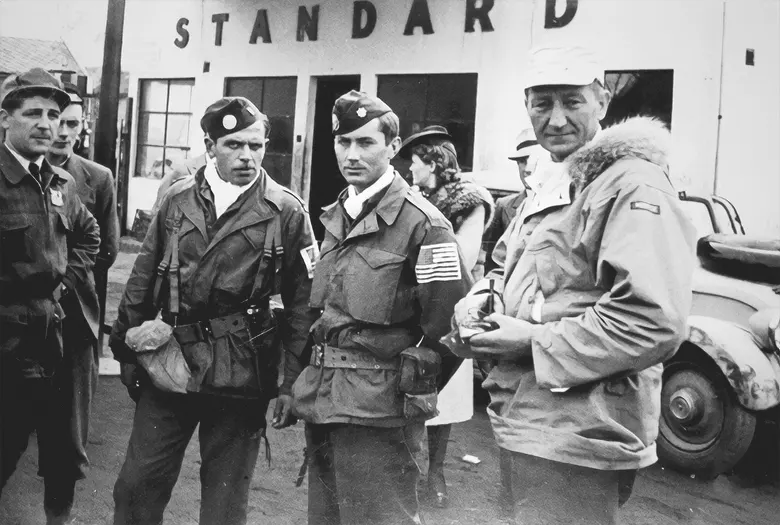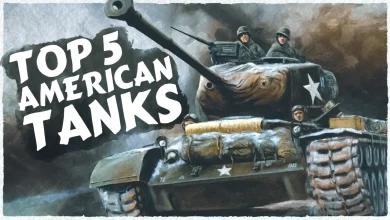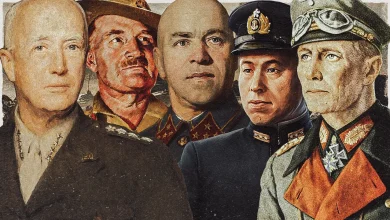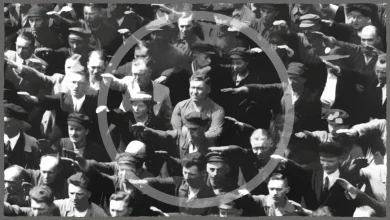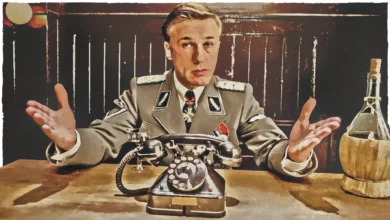OSS: The Forerunner of the CIA
World War II is known as the bloodiest conflict in human history, but we often focus on the huge battles, crazy weapons, and synonymous names who made the war the way it was. During this time there was a group of people who worked in the shadows, whose names remain secret, and people who would stop at nothing to beat the Axis powers. In this post, we look at the OSS and the clandestine operations undertaken during the war.

In 1940, the British set up an organization known as the Special Operations Executive or SOE. This was responsible for intelligence gathering and secretive operations throughout Europe. Come 1942 after some training from the British in the previous year, the Office of Strategic Services or OSS was created in the United States. It would act as the main intelligence and stealth operation agency throughout the war. The OSS was able to assist the U.S. in determining the strengths and weaknesses of the German operations in Europe. They played an integral part in several of the main actions of the war.
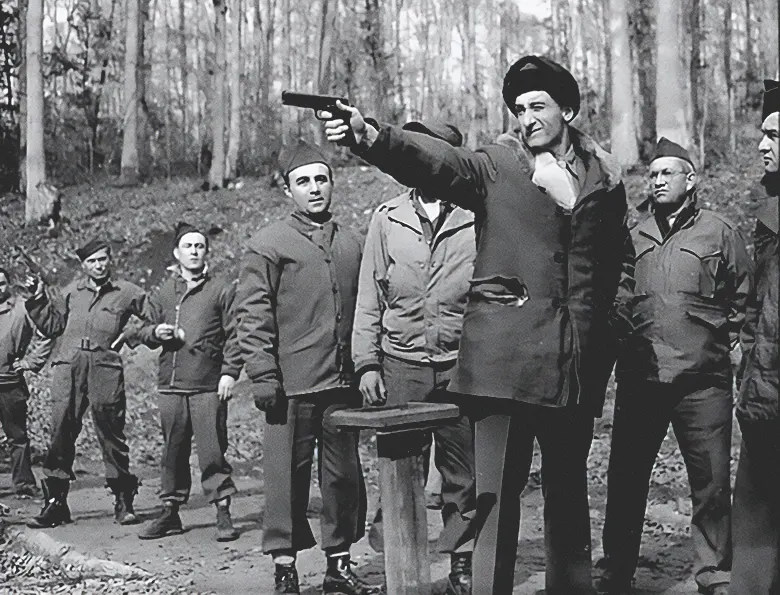
In its early days, this included identifying appropriate landing zones for the push into North Africa. OSS offices were set up in various regions around Europe. Some of these were successful in creating spy networks which provided the Allies with valuable information. An example of this were operations run out of Switzerland which collected large amounts of information relating to German V1 and V2 rockets.

Furthermore, evidence of German submarine production and air defenses was obtained by this network. Agents were able to assist resistance fighters in countries such as France and Italy, providing them with weapons and equipment. Speaking of equipment, the OSS had a number of elaborate weapons such as silenced pistols and lightweight machine guns. Smaller spy-type gadgets also existed, such as compasses hidden in buttons, cameras in the shape of matchboxes, and maps disguised in decks of playing cards. Explosives were an important asset for the operatives and these were also disguised with some as lumps of coal or in bags of flour.

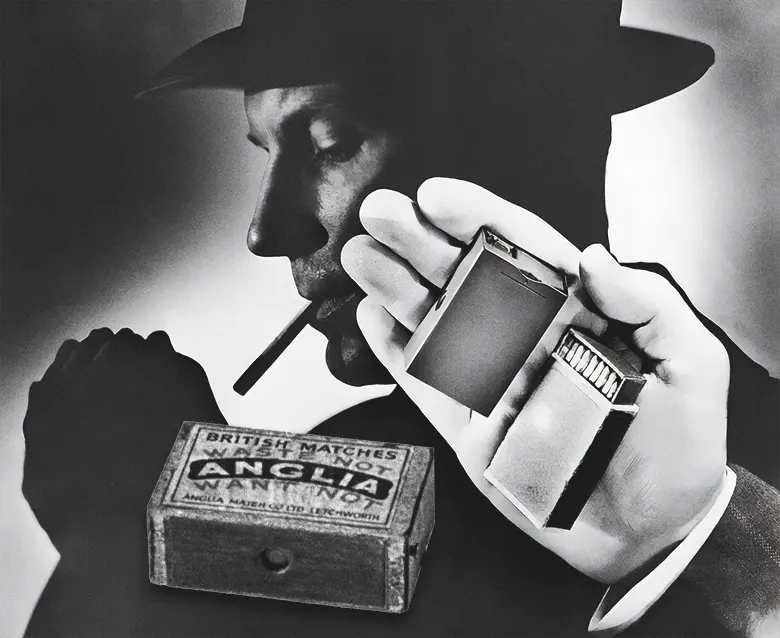

The OSS also took up various operations against Japan in Southeast Asia. They trained local resistance fighters in Burma and China who undertook numerous actions against the Japanese.

Back in Europe, the OSS was able to successfully infiltrate various parts of the Nazi regime. It was able to gather information on production facilities for tanks, as well as experimental aircraft facilities such as the one for the Messerschmitt Me 163 Komet. The information also uncovered the shocking truth of the hundreds of concentration camps around the occupied zones. This information was relayed back to the U.S heads of government but it was too unbelievable at the time. It wouldn’t be until soldiers witnessed these atrocities firsthand that the world would finally know the truth.
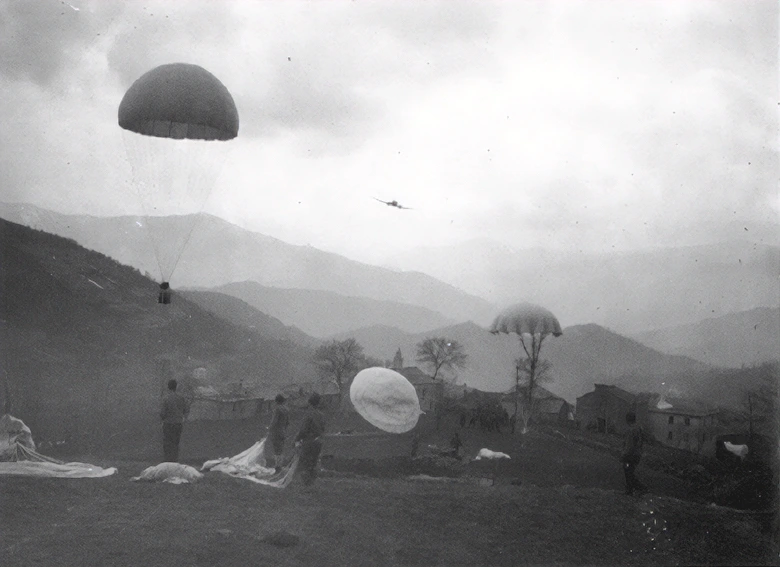
It’s believed that around 24,000 people played some part in the OSS, roughly 7,500 of these took part in operations outside the U.S. Most of the personnel were recruited through the armed forces but quite a number were from the general public. However, a lot were quite intellectual with previous employment such as doctors and lawyers. Once recruited, most were attached to the army, but some to the navy and the marines.

When the war finally came to an end in 1945, the OSS as it stood was dissolved into a number of different sections of the government. However, with the Cold War looming and the need for a secretive operation still there, the OSS was eventually turned into what we know today as the Central Intelligence Agency or the CIA.
